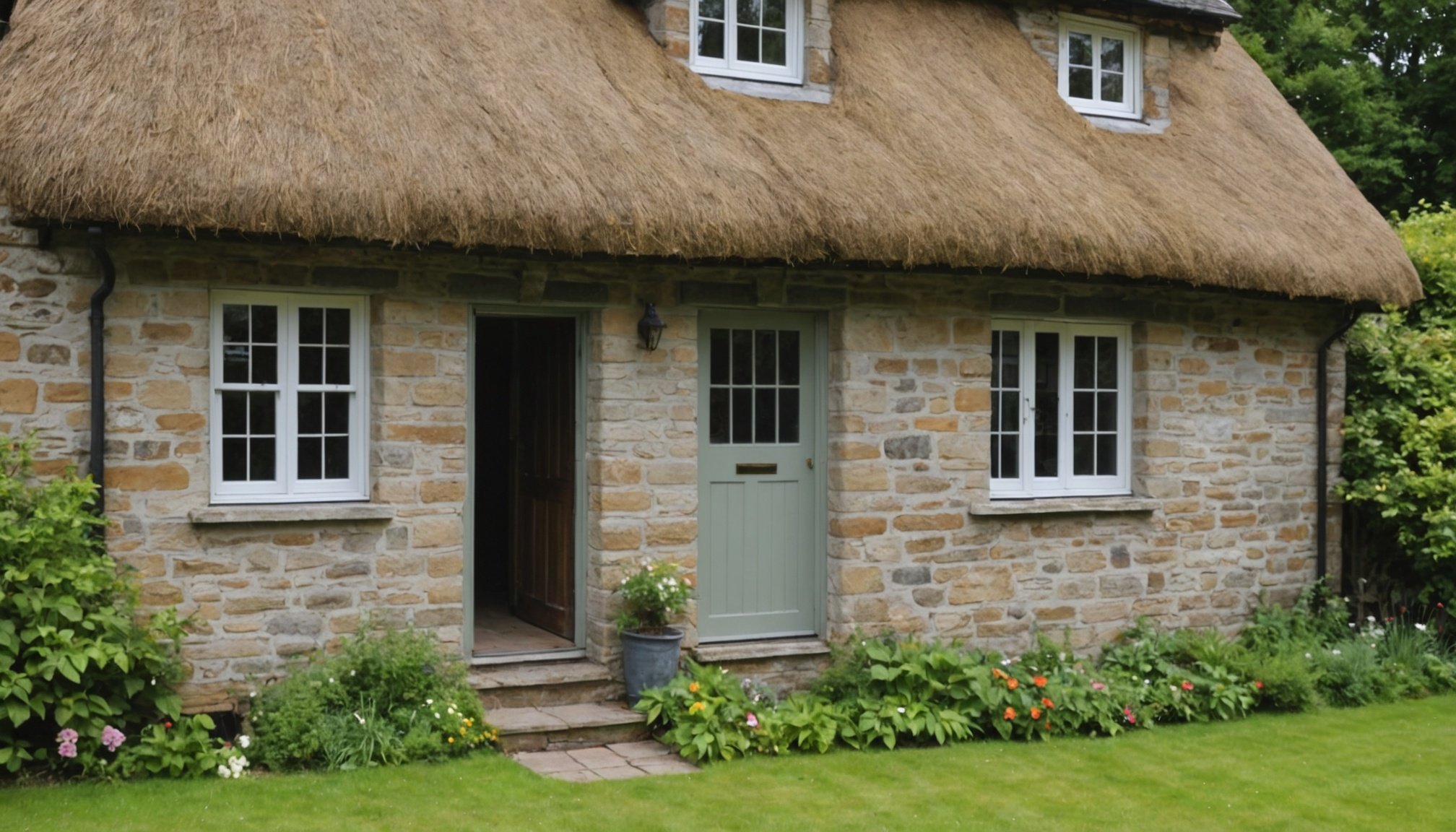Dampness is an issue that plagues many old cottages in the UK. With their solid, often stone or brick, walls, these quaint properties can be particularly susceptible to the perils of damp, moisture, and mould. However, fear not, for there are several effective solutions to this age-old problem. Today, we will dive into the most efficient damp-proofing methods for your charming UK cottage with solid walls.
Understanding the types of damp
Before battling damp, it’s crucial to understand the different types that could be affecting your property. There are three principal types: condensation, penetrating damp, and rising damp.
A lire en complément : Maximize Space: Creative Ways to Start an Indoor Herb Garden in Your UK Flat
Condensation is the most common form of damp in homes. It occurs when moist, humid air comes into contact with a colder surface, such as a window or a wall, causing water to condense on the surface.
Penetrating damp, on the other hand, happens when water seeps into the walls from the outside, typically through structural defects or deteriorated masonry.
A lire également : Maximizing Stormwater Management: A Guide to Creating a Thriving Rain Garden in Urban UK Environments
Finally, rising damp is due to ground water moving up through the walls because of a faulty or missing damp proof course.
Effective ways to tackle condensation
Condensation is a widespread issue, but luckily, it’s one of the easier types of damp to treat. First, improve your property’s ventilation. This can be as simple as keeping windows open when possible, especially during activities that create a lot of moisture, like cooking or showering.
Second, invest in a dehumidifier. These devices reduce humidity levels, making your house less hospitable to allergens such as dust mites, mould, and mildew.
Finally, consider insulating your property. Cold surfaces will increase condensation, but by improving your property’s insulation, you can keep the internal walls warmer and reduce the likelihood of condensation forming.
Methods to combat penetrating damp
Penetrating damp often requires a more hands-on approach. Regularly check your property for structural defects that might allow water to penetrate the walls. This could include leaking pipes, cracked rendering, or faulty roof tiles.
Water-repellent treatments can also be applied to your property’s exterior walls to prevent water from seeping in. These treatments work by creating a waterproof barrier on the surface of the masonry, which prevents water penetration.
Another method is to repair or replace the building’s existing render or brickwork. Old, porous materials might absorb water, causing damp to appear on internal walls. Replacing these materials with a more water-resistant option can help keep the water out.
Strategies to prevent rising damp
Rising damp can be a particularly challenging problem to tackle, primarily because it involves dealing with the lower sections of your walls where they meet the ground.
Installing a damp proof course (DPC) is one of the most effective ways to prevent rising damp. This is a horizontal barrier placed in the wall structure around your property, typically above ground level. It prevents water from being sucked up from the ground into your property’s walls.
Another method is to use a damp-proofing injection cream. These creams are injected into the mortar course along the base of the affected wall, where they will then seep into the masonry and form a water-repellent barrier, preventing rising damp.
The role of lime plaster in damp-proofing
One material that has proven to be particularly effective in damp-proofing old UK cottages with solid walls is lime plaster. Unlike modern cement-based plasters, lime plaster is incredibly porous. This means that it can absorb moisture from the walls and then allow it to evaporate, preventing the build-up of damp and mould within the property.
Re-plastering your property with lime plaster can be an excellent solution, especially if you have an old cottage with solid stone or brick walls. This method not only helps damp-proof your property, but it also maintains the building’s breathability, which is crucial for managing moisture levels.
In conclusion, while damp may seem like a daunting issue for owners of old UK cottages with solid walls, there are various effective solutions at your disposal. From improving ventilation to prevent condensation, to repairing structural defects to tackle penetrating damp, and installing a damp-proof course to combat rising damp, these methods can help protect your charming property from the perils of damp and mould. And let’s not forget about lime plaster, an old but gold solution for maintaining the breathability of your old cottage while keeping damp at bay.
The Importance of Wall Insulation and Damp-Proof Courses for Older Properties
Wall insulation plays a crucial role in managing the damp problem in period properties with solid walls. The primary purpose of insulating your property’s walls is to reduce heat loss, which in turn helps lower your energy bills. However, this is not the only advantage. Insulation also helps maintain a constant temperature within your property, which can prevent the formation of condensation.
When dealing with older properties, it is wise to opt for breathable insulation materials like sheep’s wool or hemp. These materials not only provide excellent insulation but also allow moisture to escape, preventing damp and mould issues.
On the other hand, damp-proof courses are another invaluable tool when dealing with rising damp. These horizontal barriers, usually installed within the wall structure at least 15cm above the ground level, prevent water from being drawn up from the ground into your property’s walls. You can select from physical damp-proof courses like slate or plastic or opt for a chemical DPC. Both are efficient in blocking ground water, ensuring your walls remain dry.
Remember, for older properties with solid walls, it’s essential to seek professional advice before installing insulation or a damp-proof course. This ensures the right materials and methods are used to preserve the character of your period property while effectively handling the damp problem.
The Use of Lime Mortar and Salt Resistant Plaster in Damp-Proofing
When it comes to damp-proofing older properties with solid walls, traditional materials like lime mortar and salt-resistant plaster often prove to be the best choice.
Lime mortar is highly porous, which means it can absorb moisture from the walls and then allow it to evaporate. This prevents the build-up of damp and mould within the bricks or stones. Lime mortar is also flexible, which makes it less likely to crack and let in water, unlike cement.
Furthermore, lime mortar is more compatible with old bricks, causing less damage over time. Using lime mortar for your repointing and construction needs can significantly help damp-proof your property.
On the other hand, salt-resistant plaster is a modern solution for dealing with damp. It is specifically designed to resist the damaging effects of salts brought to the surface by rising damp. Using salt-resistant plaster can provide better protection against damp and slow down its progression.
In conclusion, managing damp in older UK cottages with solid walls may involve a combination of modern techniques and traditional materials. From the usage of breathable insulation materials and damp-proof courses to the application of lime mortar and salt-resistant plaster, there are multiple ways to tackle a damp problem. The goal is not just to treat the damp but to maintain the character and longevity of these charming period properties.
As a homeowner, the key is understanding the type of damp affecting your property and choosing the right damp-proofing method accordingly. Always remember, prevention is better than cure, so regularly check your property for any signs of damp and take action as soon as any damp-related issues occur. It’s an ongoing process, but with the right approach, you can ensure your property remains charming, cosy, and above all, damp-free.











